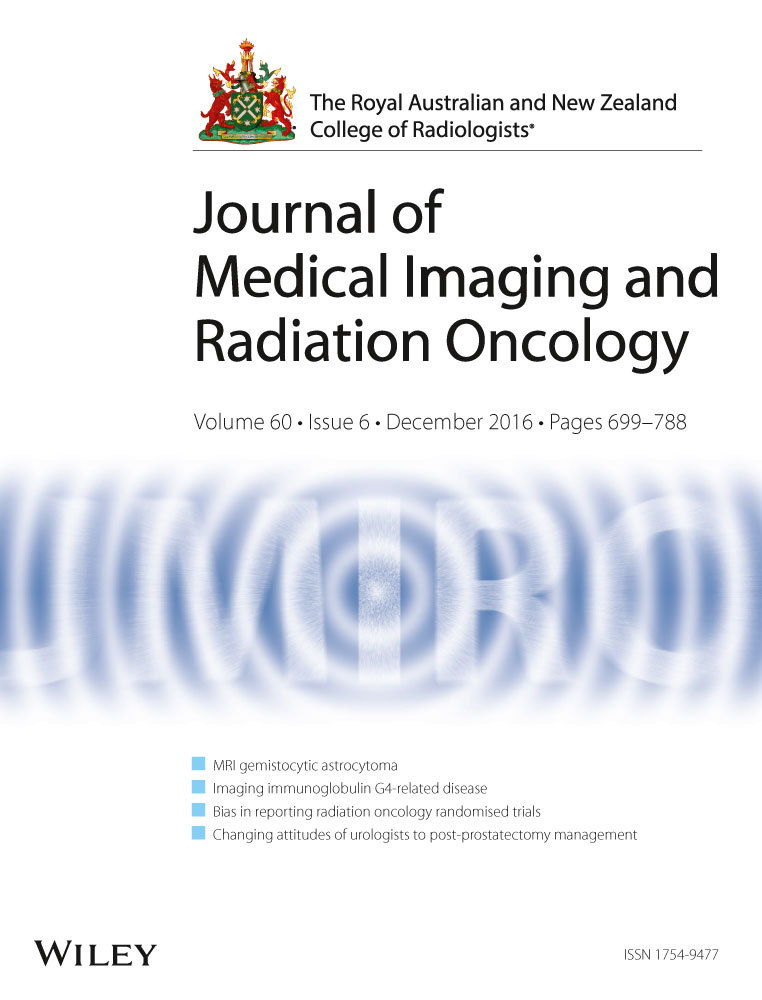Radiological findings of perivascular epithelioid cell tumour (PEComa) of the falciform ligament
Summary
Perivascular epithelioid cell tumour (PEComa) encompasses a group of mesenchymal tumours composed of histologically and immunohistochemically distinctive perivascular epithelioid cells. A subset of PEComa that typically arises from the falciform ligament and/or ligamentum teres is termed clear cell myomelanocytic tumour of the falciform ligament/ligamentum teres. To date, its imaging findings have not been described. Here, we report the first radiological description of a pathologically confirmed tumour. The patient was a 5-year-old girl with a palpable abdominal mass. US, CT, MR and FDG-PET revealed a midline, well-defined, solid anterior abdominal wall tumour below the rectus abdominis and contiguous with the umbilicus that was hypervascular and FDG avid. Awareness of these imaging findings facilitates the diagnosis of this distinctive tumour.




